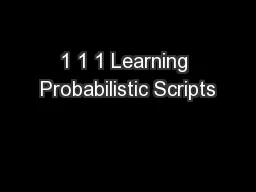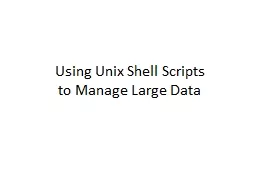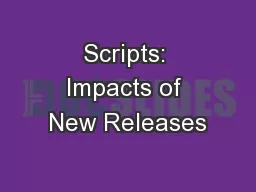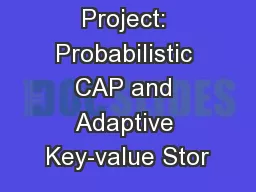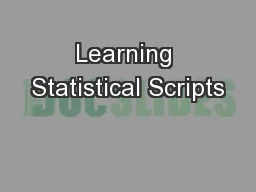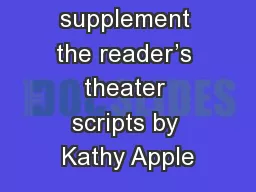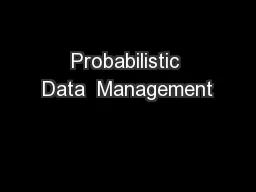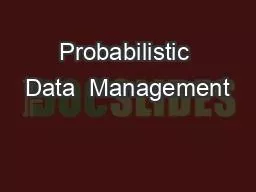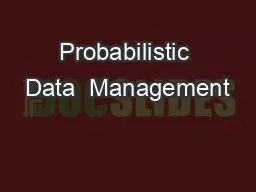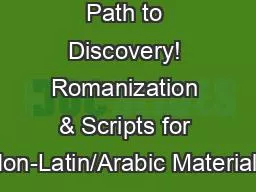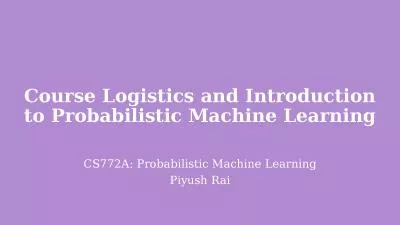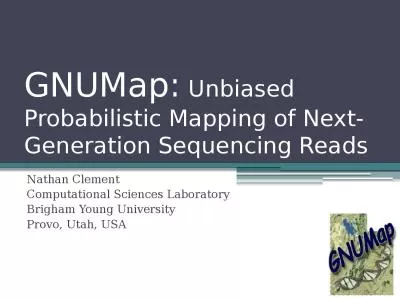PPT-1 1 1 Learning Probabilistic Scripts
Author : debby-jeon | Published Date : 2018-12-20
for Text Understanding Raymond J Mooney Karl Pichotta University of Texas at Austin Scripts Knowledge of stereotypical sequences of actions used to improve text
Presentation Embed Code
Download Presentation
Download Presentation The PPT/PDF document "1 1 1 Learning Probabilistic Scripts" is the property of its rightful owner. Permission is granted to download and print the materials on this website for personal, non-commercial use only, and to display it on your personal computer provided you do not modify the materials and that you retain all copyright notices contained in the materials. By downloading content from our website, you accept the terms of this agreement.
1 1 1 Learning Probabilistic Scripts: Transcript
Download Rules Of Document
"1 1 1 Learning Probabilistic Scripts"The content belongs to its owner. You may download and print it for personal use, without modification, and keep all copyright notices. By downloading, you agree to these terms.
Related Documents

